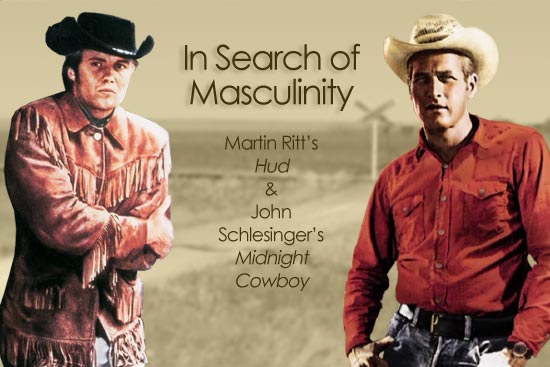In the late 1800s, the American West underwent drastic changes. Land that had been traditionally free range for several decades was occupied by homesteaders. Large tracts of government land in Oklahoma were opened, with crowds of prospective owners racing across the prairie in the great Land Rush of 1889. With these changes, the Frontier became, in the words of Richard Slotkin, "primarily a term of ideological rather than geographical reference."NOTE 1 The empty, yet all-encompassing, closed Frontier rendered the traditional cowboy obsolete. In his place arose a new cowboy who subverted both the literal traditions and the figurative representations of the American Western.
In American cinema, this new cowboy stands juxtaposed beside the traditional hero, setting the stage for the demythologizing of the basic structure of the Western plot where the cowboys or gunmen arise out of the landscape in order to pave the way for a civil society that in turn creates the setting for further industrialization to occur, as depicted in John Ford's The Man Who Shot Liberty Valance (1962) and Don Siegel's The Shootist (1976), among many other movies. Ironically, the cowboys or gunmen who act as forerunners to industrialization contribute to their own obsolesce. Villains are fought, evil is dispelled, and the cowboy/gunman rides back into the landscape as an honorable and heroic figure. Not so with Martin Ritt's Hud and John Schlesinger's Midnight Cowboy.
page 1 of 5


Page One: Introduction | Page Two: Hud and Capitalism | Page Three: The Final Scene of Hud
Page Four: Joe Buck and His Idol | Page Five: Joe Buck and Ratso Rizzo

